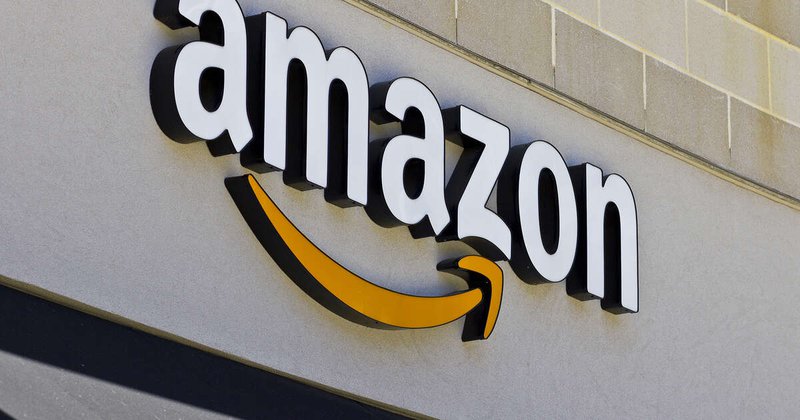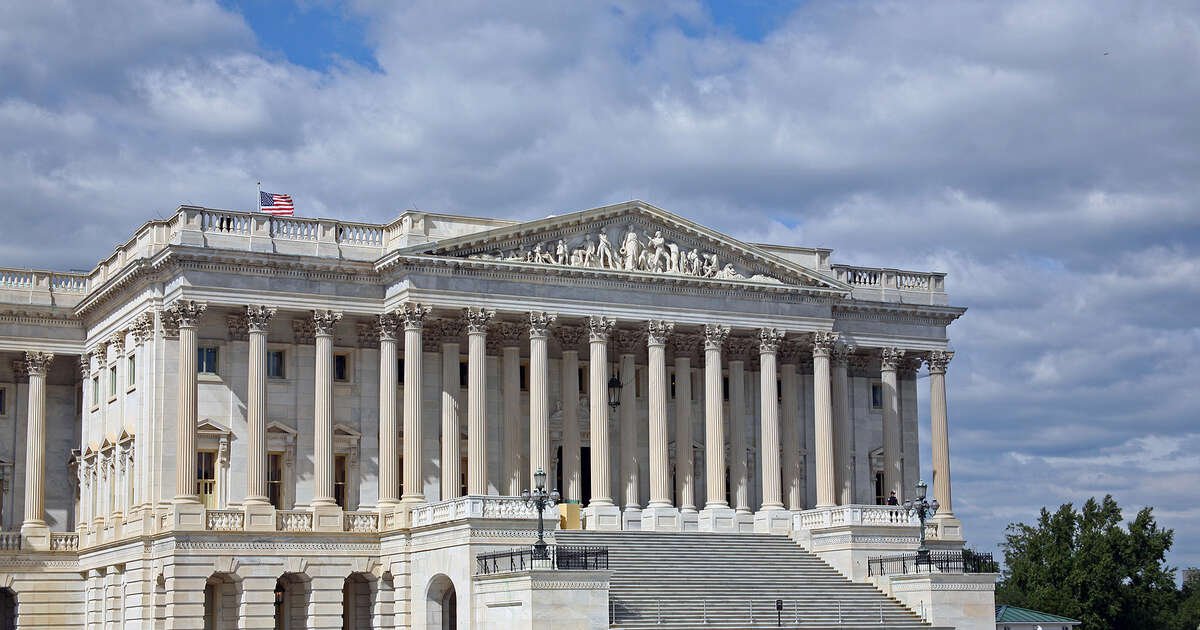On September 25th, the Federal Trade Commission (FTC) announced that Amazon has agreed to pay a groundbreaking $2.5 billion to settle claims that the e-commerce giant used deceptive "dark patterns" to trick millions of customers into signing up for Prime memberships and then made it deliberately difficult for them to cancel. The eye-watering sum represents one of the largest penalties in FTC history and sets a new precedent for how companies should handle services.
The Allegations Against Amazon
Dark Patterns: The FTC's lawsuit, originally filed in June 2023 during the Biden administration, accused Amazon of employing sophisticated "dark patterns"—manipulative user interface designs intended to deceive consumers. As discussed in prior articles, such practices can lead to violations of both the FTC Act and the Restore Online Shoppers' Confidence Act (ROSCA), a 2010 law designed to ensure online transparency. According to the FTC, Amazon used multiple deceptive tactics to enroll customers without their explicit consent, including the following:
- Interface Interference: Presenting terms and conditions in small, easy-to-miss fonts while using repetition and color to emphasize "free shipping" rather than Prime's actual cost
- Forced Action: Requiring customers to make enrollment decisions before completing purchases
- Confirm Shaming: Using guilt-inducing language like buttons that read "No, I don't want Free Shipping" to manipulate users into subscribing
Internal Amazon documents revealed executive awareness of these problematic practices, with comments describing "subscription driving" as operating in "a bit of a shady world" and comparing unwanted subscriptions to "an unspoken cancer."
The “Iliad Flow" Cancellation Process: Perhaps most damaging to Amazon's case was evidence of the deliberately complex cancellation process the company internally dubbed "Iliad” after Homer's epic poem about the decade-long Trojan War. However, the Odyssey would have been a more apt metaphor, as that Homeric tale is fundamentally about a long, difficult, winding journey filled with obstacles, detours, and complications.
As in the Odyssey, Amazon customers were allegedly required to navigate multiple pages with various offers and prompts designed to prevent cancellation. Regardless of the term Amazon used to describe the process, internal documents showed that after implementing the Iliad Flow in 2017, Prime cancellations dropped by 14% as fewer customers successfully completed the arduous cancellation journey. Apparently, the process was so convoluted that it became a symbol of the company's anti-consumer practices, with the FTC noting it was designed not to enable cancellation but to prevent it.
Settlement Breakdown
Under the terms of the historic agreement, Amazon has agreed to pay:
- $1 billion in civil penalties: This amount, which will be paid to the government, represents the largest fine ever imposed by the FTC for rule violations.
- $1.5 billion in customer refunds: This will be sent to approximately 35 million affected consumers, each of whom could receive up to $51. While $1.5 billion is obviously a colossal sum, this is actually the second-largest restitution award in FTC history, surpassed only by the $6 billion that Volkswagen agreed to pay to customers in accordance with its FTC settlement.
Customers eligible for refunds include those who signed up for Prime through Amazon's "Single Page Checkout" between June 23, 2019, and June 23, 2025. Payments are expected to be distributed within 90 days of the settlement's approval.
Beyond the financial penalties, Amazon must implement significant operational changes:
Enrollment Transparency: Amazon must provide "clear and conspicuous" disclosure of all Prime terms during enrollment, and include explicit information about costs, billing frequency, auto-renewal, and cancellation procedures. It must also obtain explicit customer consent before charging for subscriptions.
Simplified Cancellation: Amazon has agreed create cancellation processes that mirror the simplicity of enrollment and are "not difficult, expensive, or time-consuming." It will also be replacing confusing buttons like "No, I don't want Free Shipping" with clear opt-out language.
Ongoing Oversight: Amazon has agreed to independent third-party monitoring to ensure compliance with the terms of the settlement.

The Broader Implications for Subscription-Based Services
Although Amazon is far from the only company that employs dark patterns and other methods to encourage online purchases and discourage cancellations, the FTC nevertheless elected to pursue its case against the leading e-commerce giant rather than a smaller target.
The reason for this is simple: by virtue of its unique market position, the Amazon settlement will establish important precedents for how online subscription services handle subscription enrollment and cancellation processes, potentially leading to industry-wide reforms in user interface design and subscription management.
The case originated during Trump's first term, was prosecuted under Biden-era FTC Chair Lina Khan, and concluded under the leadership of current Chairman Andrew Feguson. In that sense, it represents bipartisan regulatory continuity on consumer protection issues, although Khan apparently criticized the settlement as insufficient, calling the fine "a drop in the bucket" for Amazon and "a big relief for the executives who knowingly harmed their customers."
Indeed, Ms. Khan is essentially correct. Although $2.5 billion may be an earth-shattering sum on its own, it only represents about 0.1% of Amazon's market capitalization, which approaches $2.4 trillion.
Although it may be pocket change to Amazon, the $2.5 billion settlement nevertheless represents a watershed moment in consumer protection enforcement, establishing new standards for subscription service transparency while delivering meaningful financial relief to millions of affected customers. As the digital economy continues to evolve, this case will likely serve as a template for future regulatory actions against deceptive business practices in the tech industry.


